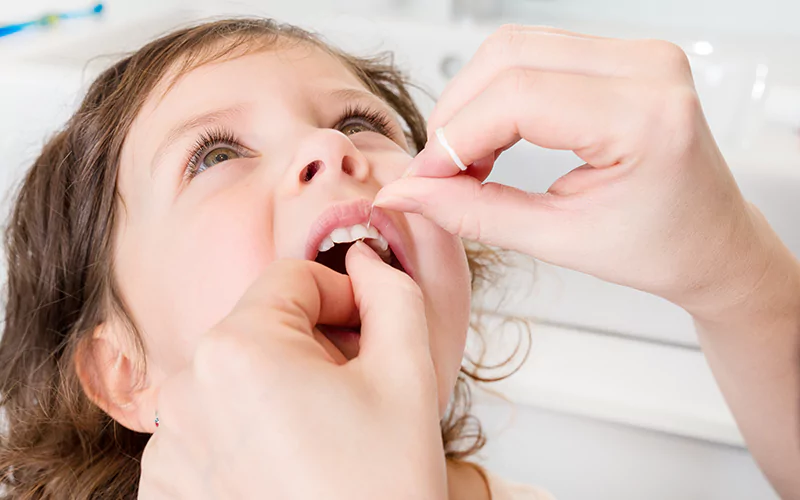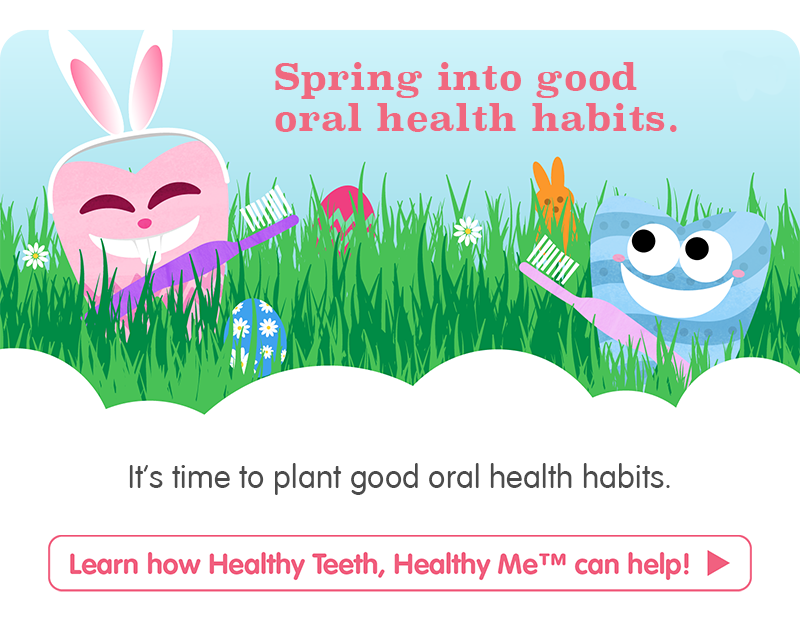Oral health care for very young children has a significant long-term impact on their health. The Healthy Teeth, Healthy MeTM initiative from First Things First Cochise Region is all about highlighting this impact and encouraging families to start dental hygiene early, beginning with that first visit to the dentist by age one or by the first tooth.
Along with making regular visits to the dentist, families can play an important role in a child’s oral health by encouraging routine dental care habits. Beginning healthy habits early can help them become a life-long habit. One of the best places to start is flossing.
Dentists recommend parents begin helping their toddlers and preschoolers floss after their child’s teeth begin touching each other. Essentially, once the gaps that little ones tend to have close up, flossing becomes beneficial in removing food and plaque trapped between teeth.
When it comes to the littlest children, including babies and toddlers, it’s important for oral hygiene to be fun so that daily flossing becomes second nature in their oral hygiene routines moving forward. There are colorful, flavored kids’ flossers available to start young children on their flossing journeys. These can be ordered online or found at any grocery store in a variety of brands and price points.
There are also water flossers that can help clean between teeth. These can be decorated with fun stickers and jazzed up to suit your child’s personality. Another less expensive option is called an interdental flosser; the tool resembles a mini toothbrush and is efficient at getting in between teeth to remove debris very well.
Regardless of the apparatus, you choose for your family, remember to make flossing fun. Play music, floss together or actually do the “floss” with your little one after you finish flossing your teeth. Another fun idea for younger children is to create a sticker chart for tracking their flossing progress and rewarding them after a certain number of stickers is earned.
Even if you have your baby on a steady routine of cleaning their gums, or your young child brushing their teeth, flossing, using a fluoride rinse and making healthy eating choices, scheduling bi-annual dentist appointments is still imperative. All children should see a dentist twice a year, beginning on their first birthday or sight of first tooth (whichever comes first) and continuing into adulthood.
Unfortunately, some families believe they can’t afford to see a dentist, but a recent study conducted by First Things First shows that 1 in 5 parents surveyed reported their child had AHCCCS insurance but did not realize that AHCCCS includes dental coverage for young children.
For more tips on brushing and caring for your young child’s teeth, visit us at https://teeth.firstthingsfirst.org/.


